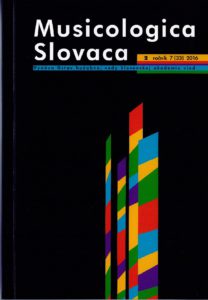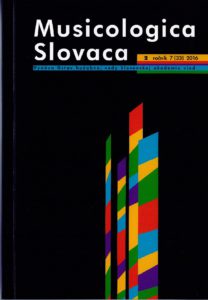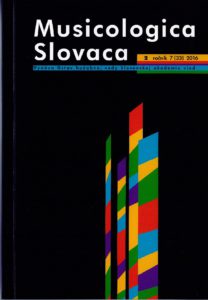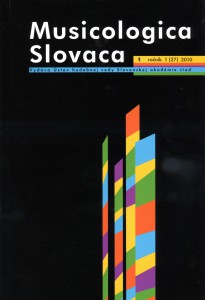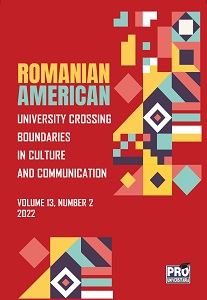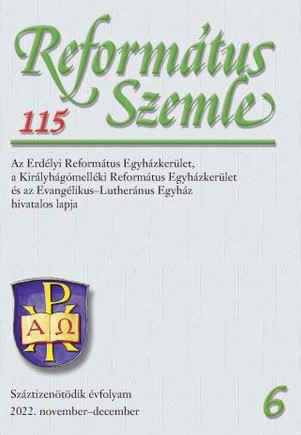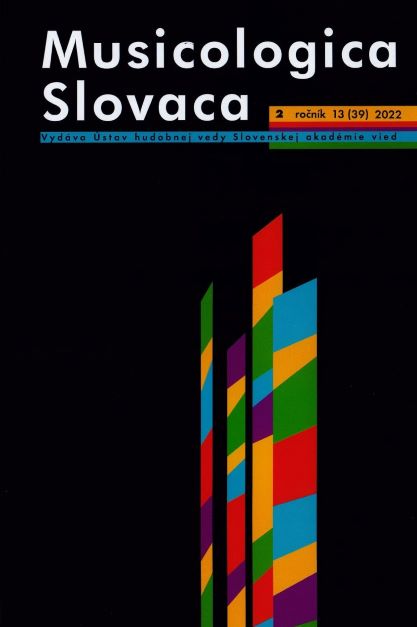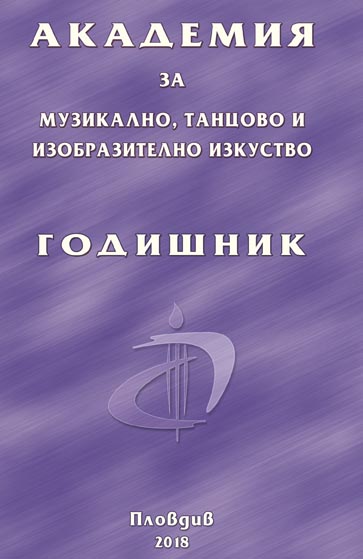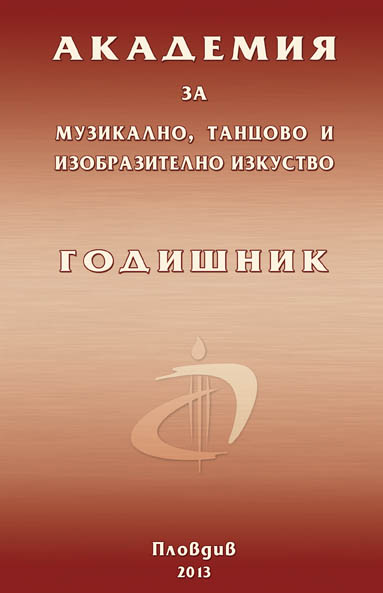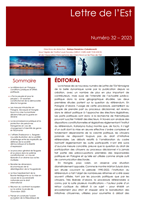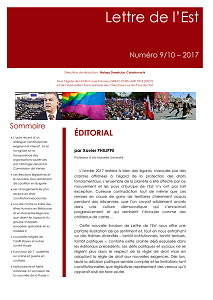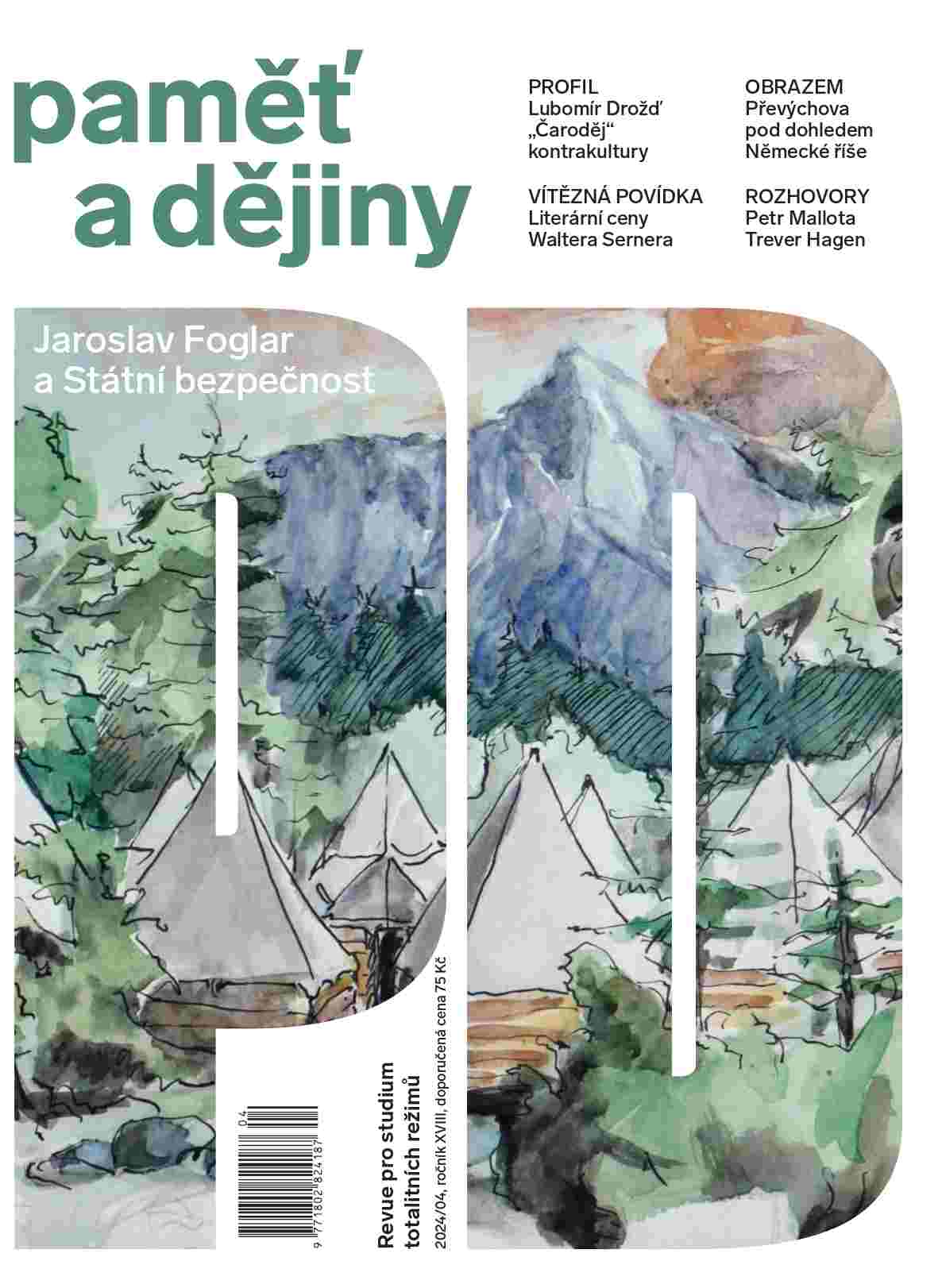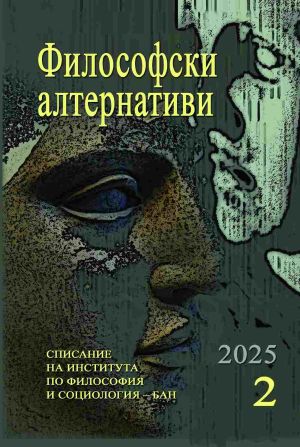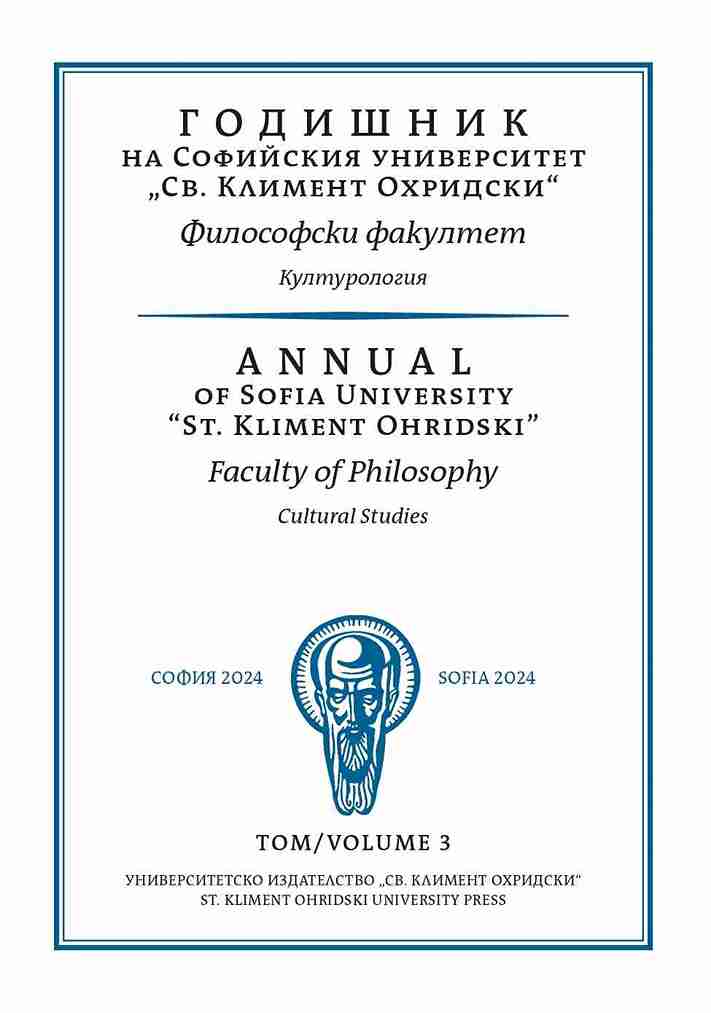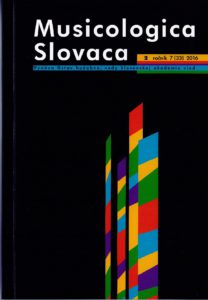
The Contribution of Wrocław-Based Composers to Silesian and National Musical Culture in Poland after 1945
When attempting to discuss and appraise the contribution of Wrocław-based composers to the Silesian and national musical culture in Poland, one should remember that the Wrocław music milieu came into existence only after the Second World War, and it developed from scratch, with no Polish roots it could refer to. However, in spite of difficult conditions in which it emerged, the milieu of Wrocław-based composers has always been open to new trends and movements. The article presents the achievements of the composers during different periods in the post-war Polish music history of the 20th and 21st centuries in the context of political and cultural changes, which provide a reference frame for the critical discourse. The aim is to determine characteristic features of the music of Wrocław-based composers and assess the significance of their cultural achievements from a local and national perspective.
More...
